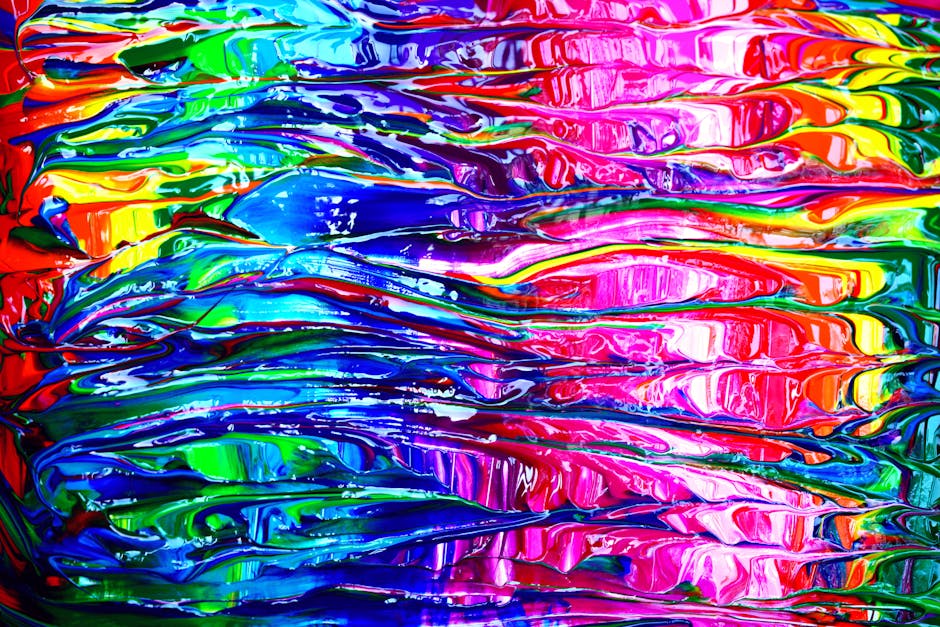Historical Techniques in Color Use
Classical painters often used indirect painting methods, layering colors to create depth and luminosity. This technique required patience and precision, allowing light to interact with multiple surfaces. Claude Lorrain mastered this approach in his landscapes.
The Impressionists embraced a direct method of painting with bold, opaque strokes. Artists like Monet captured the immediacy of light and color in nature. Their palettes, filled with new industrial pigments, gave them a wider range of colors to work with.
The evolution of pigments tells a story of transformation:
- Classical era artists were limited to earth tones and natural sources
- The industrial revolution brought a full spectrum of synthetic colors
This development aligned with the Impressionists' need to capture light and life as they saw it.
In classical paintings, color was often used symbolically to emphasize emotional elements or show a patron's wealth. Modern artists tend to focus on color as an expression of light and emotion. These historical shifts continue to influence contemporary artists, who blend traditional techniques with new technologies.
Modern and Contemporary Color Palettes
The shift to modern and contemporary palettes marks a fascinating journey in art. Synthetic pigments liberated artists from earth tones, allowing for vibrant hues previously unimaginable. This change sparked not just new color choices but also new artistic mindsets.
The Fauves embraced this chromatic freedom, using vivid colors with exuberance. Artists like Matisse used color as a statement of intent, not just an element of form. In contemporary spaces, color became a medium of exploration, reflecting emerging technologies like digital media.
Today's artists balance tradition with innovation, using both industrial and organic pigments. They weave new stories through an expanded spectrum while drawing on historical techniques. This interplay between old and new speaks to a universal artistic journey where color expresses the intricacies of human experience.

Color as a Narrative Tool
Color has long been a powerful storytelling element in art. Van Gogh mastered using color as both a narrative device and an emotional compass. His "Starry Night" isn't just a depiction of a night sky; it's a symphony of color that echoes his inner world.
Contemporary artists continue this tradition, using color to highlight sociopolitical themes and cultural commentaries. Kehinde Wiley's portraits of African Americans in classical poses challenge cultural norms, using bold colors to frame his subjects in a new context.
"Color remains a vital storytelling tool. It transforms the canvas into a storybook, with each shade and tint conveying part of a larger tale."
Artists like Yayoi Kusama use repetitive color schemes in immersive installations to evoke feelings of infinity and explore themes of mental health. Each hue contributes to a broader narrative, linking emotion and perception.
Whether it's Van Gogh's intense contrasts or today's artists' sociocultural insights, color remains a vital storytelling tool. It transforms the canvas into a storybook, with each shade and tint conveying part of a larger tale.
Technological Advances in Color
Technology has revolutionized how color is perceived, produced, and used in art. Pigment development has progressed from natural dyes to an endless spectrum of synthetic colors. These new pigments offer vibrancy, stability, and accessibility, expanding artists' palettes.
Digital media enables artists to manipulate color in innovative ways, creating effects that traditional media might struggle to replicate. Interactive installations have emerged as a frontier where technology and color create immersive experiences. Imagine stepping into a space where color reacts to movement, engaging viewers in a dynamic interplay.
Artists like TeamLab harness technology to create environments where light and color converge, enveloping viewers in sensory exploration. These installations redefine our relationship with art, inviting us into living, breathing canvases.
The synergy between technology and color offers artists new ways to push creative limits. As innovations unfold, they expand the traditional canvas into a boundless universe of artistic expression.

Color, with its rich history and evolving techniques, remains a powerful tool in art, bridging past and present to convey emotion and story. Whether through classical methods or modern technologies, it continues to shape our understanding and experience of the visual world.
- Chevreul ME. The Principles of Harmony and Contrast of Colours and Their Applications to the Arts. London: Longman, Brown, Green, and Longmans; 1855.
- Gage J. Color and Culture: Practice and Meaning from Antiquity to Abstraction. Berkeley: University of California Press; 1999.
- Wittgenstein L. Remarks on Colour. Berkeley: University of California Press; 1977.






















